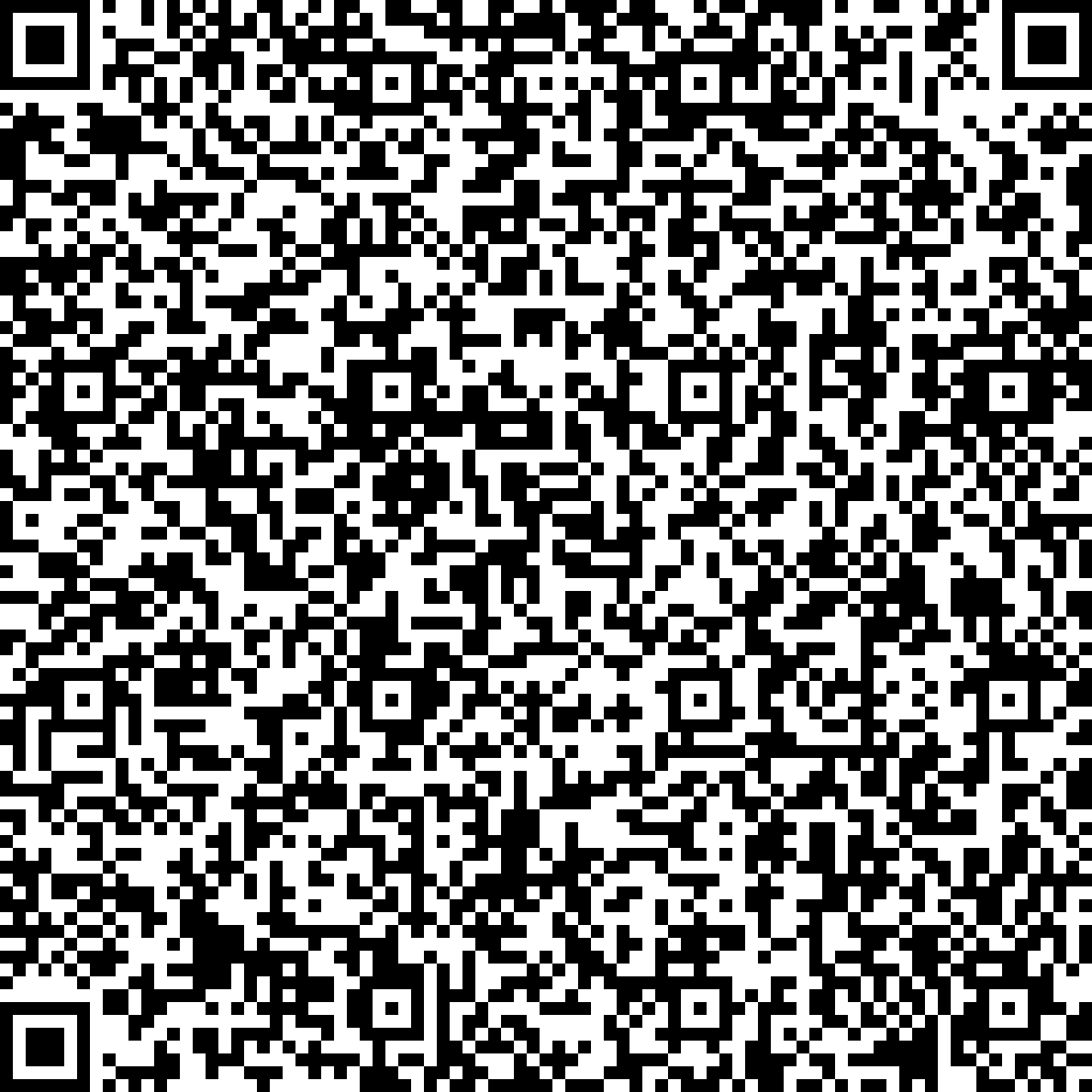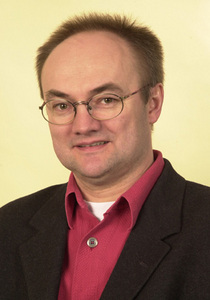


In recent years, in part due to the progress made in generating and controlling intense laser fields, the timescale of dynamical processes in atomic and molecular systems has been pushed from the picosecond and femtosecond domains (1 fs = 10-15 s), to the so-called attosecond domain (1 as = 10-18 s). The former are the natural timescales for atom motion, the latter is the natural timescale for electron motion. In the talk, methods and examples will be presented of how to treat the quantum dynamics of atoms and / or electrons on their natural timescales when driven by external stimuli such as electric currents, or light. The first part of the presentation focuses on explicitly time-dependent N-electron methods and their application to selected molecular problems. Electron dynamics in real time will be followed by time-dependent configuration interaction (TD-CI), or by the time-dependent complete active space SCF method (TD-CASSCF). Among other examples, these methods will be applied (i) to the electronic response of small molecules to ultrashort laser pulses, and (ii) the switching of molecules by light. In the second part of the talk nuclear (atom) dynamics in complex environments (surfaces) will be studied with the help of multi-dimensional time-dependent Schrödinger equations and open-system density matrix theory, again in real time. Examples to be studied are (i) the scanning-tunneling-microscope induced switching of single organic molecules at a silicon surface, and (ii) the vibrational excitation (by lasers) and relaxation of adsorbates.



In recent years, in part due to the progress made in generating and controlling intense laser fields, the timescale of dynamical processes in atomic and molecular systems has been pushed from the picosecond and femtosecond domains (1 fs = 10-15 s), to the so-called attosecond domain (1 as = 10-18 s). The former are the natural timescales for atom motion, the latter is the natural timescale for electron motion. In the talk, methods and examples will be presented of how to treat the quantum dynamics of atoms and / or electrons on their natural timescales when driven by external stimuli such as electric currents, or light. The first part of the presentation focuses on explicitly time-dependent N-electron methods and their application to selected molecular problems. Electron dynamics in real time will be followed by time-dependent configuration interaction (TD-CI), or by the time-dependent complete active space SCF method (TD-CASSCF). Among other examples, these methods will be applied (i) to the electronic response of small molecules to ultrashort laser pulses, and (ii) the switching of molecules by light. In the second part of the talk nuclear (atom) dynamics in complex environments (surfaces) will be studied with the help of multi-dimensional time-dependent Schrödinger equations and open-system density matrix theory, again in real time. Examples to be studied are (i) the scanning-tunneling-microscope induced switching of single organic molecules at a silicon surface, and (ii) the vibrational excitation (by lasers) and relaxation of adsorbates.